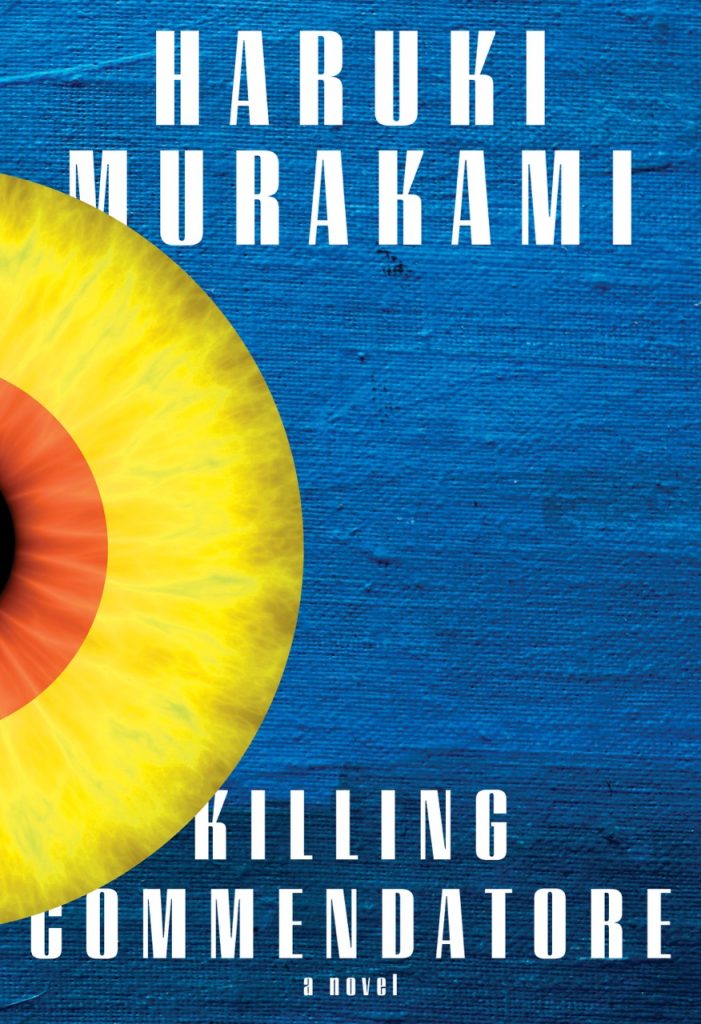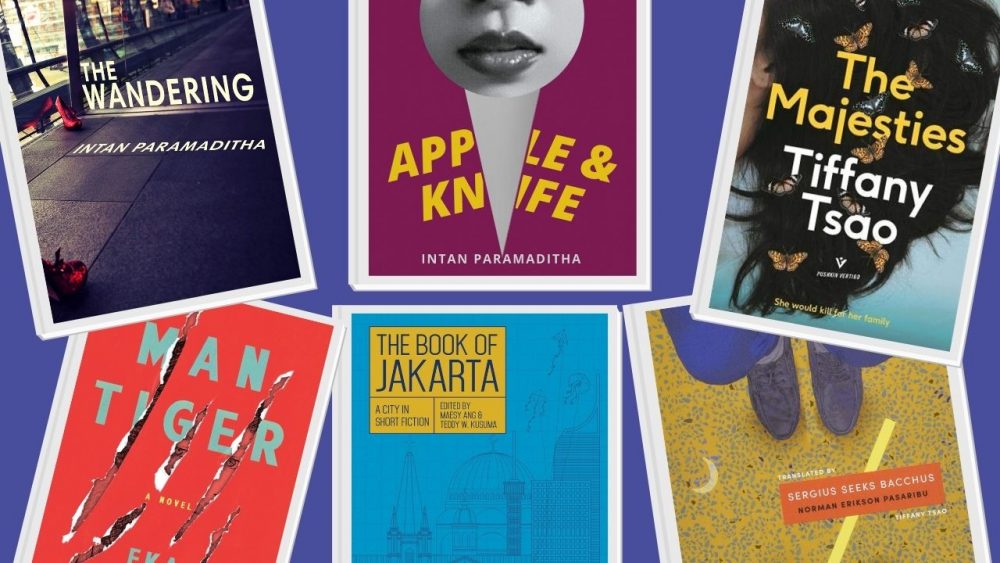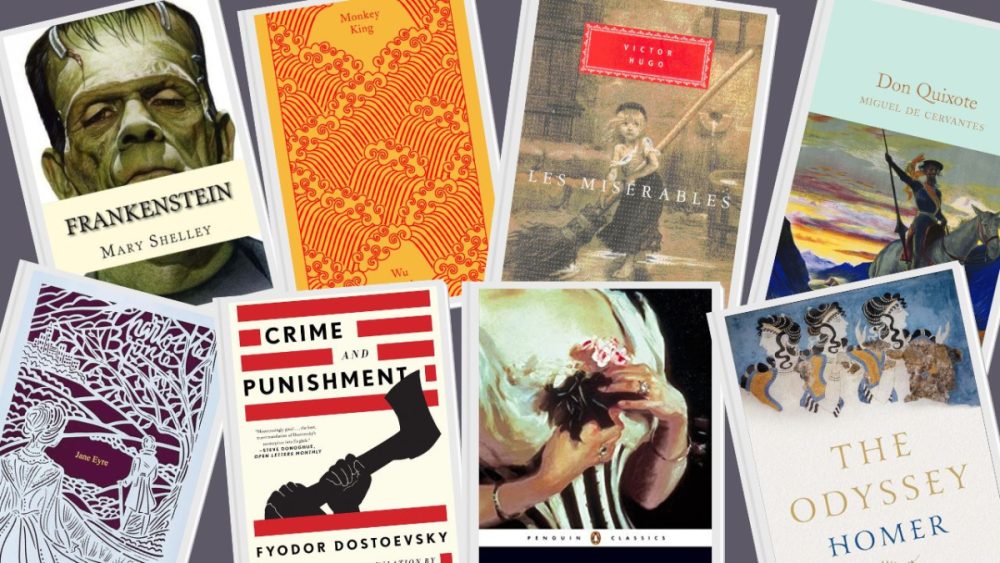Japanese folktales have had an enormous impact on the history of fiction and storytelling, not only in their native Japan, but across the world.

Now, in collaboration with Short Shorts Film Festival and Japan Cultural Expo, three young contemporary Japanese writers from Okinawa, Hiroshima, and Kumamoto have each written a short story inspired by traditional Japanese folktales.
Those stories are available in translation at ShortShorts (you can also watch a discussion panel, in which the writers discuss their short stories) and here are our thoughts on those wonderful stories, inspired by traditional Japanese folktales.
Mom’s Celestial Robe of Feathers by Kumiko Takahashi
Translated by Terry Gallagher

Mom’s Celestial Robe of Feathers is a short story by writer, poet, and lyricist Kumiko Takahashi, translated spectacularly into English by Terry Gallagher. The story begins with Ruri, our narrator-protagonist, listening as her friend Kauro speaks of how impressed she is by Ruri’s parents’ love for one another.
Ruri’s mother is the real focus of this charming and warming story. Before having Ruri when she was only twenty-two, she dreamed of being a pastry chef; Mom’s Celestial Robe of Feathers explores Ruri’s mother’s relationship to her husband, to Ruri and her brother, and to her own dreams and memories.
This is a story about how we choose to live our lives, how we measure happiness and contentedness, and how we make ourselves happy while also living for the ones we love. It has readers consider all of this with so few words, in a story that can be read in fifteen minutes.
To accomplish all of this is an incredible feat, and to do so while also quickly establishing a family of distinct characters, all with love at the centre of their world, is sensational.
Aside from all of this is how sharp the writing and translation is. Several times I was stunned by the sharp and vivid descriptive language, even in the story’s quieter moments.
Take this line, for example: “Tamashiro, the ferry pilot, with his sunburned face, was sucking on a cigarette as I passed him as he sauntered down the wharf. The high-speed ferry, rocking on the swells, was waiting for me.”
The language in this short passage is sharp and precise, it paints Kumiko Takahashi as a director with a clear vision for how her world and characters behave, and this is all translated with deftness into English by Terry Gallagher.
The combination of precise linguistic flourishes, neat character writing, and deep themes, all communicated elegantly in such a short pace, makes for an unforgettable Japanese short story.
Read More: Wonderful Japanese Short Story Collections
Time Arrows by Masatomo Tamaru
Translated by Sharni Wilson
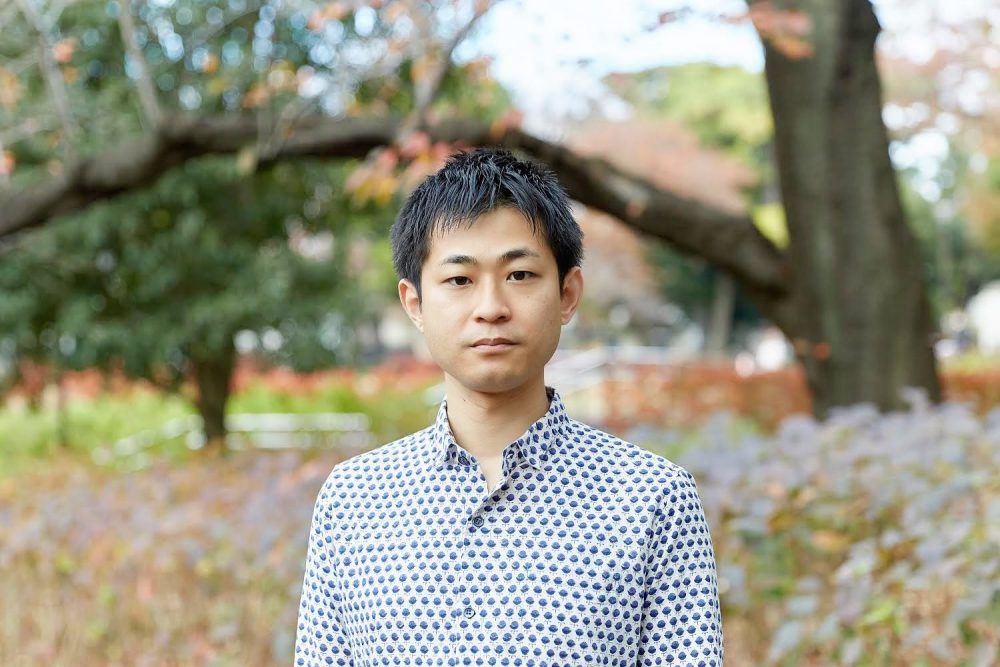
Written by Masatomo Tamaru, Time Arrows is an adaptation of the tale known as Three Arrows of Mōri Motonari.
The story goes that the warlord gathered his three sons together and asked each of them to break an arrow in half, which they did. When asked, however, to break a bundle of three arrows, they could not. The message being that these brothers were stronger together than as individuals.
With Time Arrows, Tamaru has adapted the moral of this tale into a short story about three siblings — two men and a woman — who are on their way to visit their dying father. As children, they did not get along, and not much has changed despite them all now being adults.
Naoki, Yukako and Kazuto’s drive down to Hiroshima is awkward, and the few times they do chat, they argue. When they finally arrive, their father gives each of them one of his hairs and sends them out on a little quest to the island of Innoshima. There, they must ask a craftsman to create three “time arrows” infused with their father’s hairs.
The time arrows promptly send the three back in time, to familiar childhood scenes, but seen through different eyes. What unfolds from here is a series of short scenes that are as warming as they are poignant, with a view to reaching the same moral as that of the original tale this short story is based on.
There is a true sense of the fable, or the fairy tale, to this story. It’s implementation of magic, presented through the more modern lens of time travel, hearkens back to the fairy tale tropes and structure of traditional Japanese folktales. All this makes its clear and simple moral hit firmly.
The way in which Tamaru has chosen to adapt a five hundred-year-old legend into something modern and relatable, yet still magical, is truly inspiring and satisfying to read. It warms the heart.
Dancing Girls by Nako Mori
Translated by Emily Balistrieri
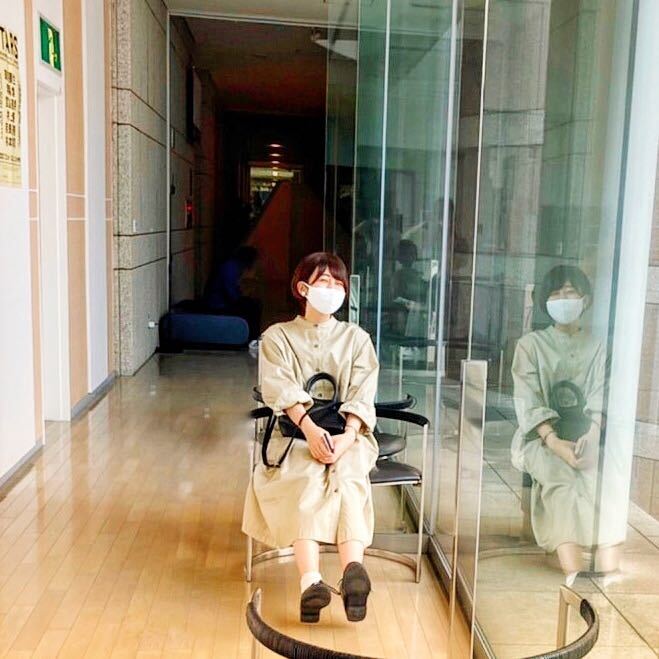
Dancing Girls is a tale of friendship. Two high school girls in Kumamoto, Himawari and Sumi, are content in their lives, but when Himawari’s parents express their concern that she’s letting life pass her by, it leaves a creeping fear in her that, maybe, they’re right.
Himawari and Sumi have been friends since kindergarten, always the quiet girls, but happy enough. Now, however, after the comments from her parents, Himawari starts to compare her life, her hobbies, her plans to those of other girls in her class. She is feeling inadequate, and that she is wasting her youth.
She convinces Sumi that they both need to do something radical, something fresh and exciting. They need to make a splash so that their time, their youth, their precious moments are remembered. So they sign up for the Otemo-yan Open Dance.
Other stories in this vein would have the girls drift apart; it would be a tale of fractured friendships, of one person changing too much and the other not changing at all. But here, with Dancing Girls, Nako Mori doesn’t take that approach.
Instead, this is a story of cooperation; these two high school girls bolster one another and work together to make memories. They have always been friends, and they continue to support one another.
Their relationship, their school status, and even the tone of the story brought to mind the charming American indie film Booksmart, though Dancing Girls is a little more wholesome.
There’s a youthful energy to the dialogue and events of this story, written with charm and translated with care by Emily Balistrieri. The tone goes hand-in-hand with the events, positive morals, and sunny disposition of this quietly moving tale of friendship and youth.

